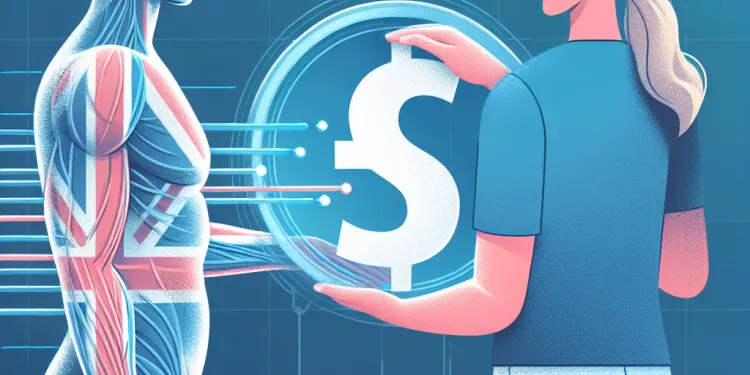
Find Help
More Items From Ergsy search
-
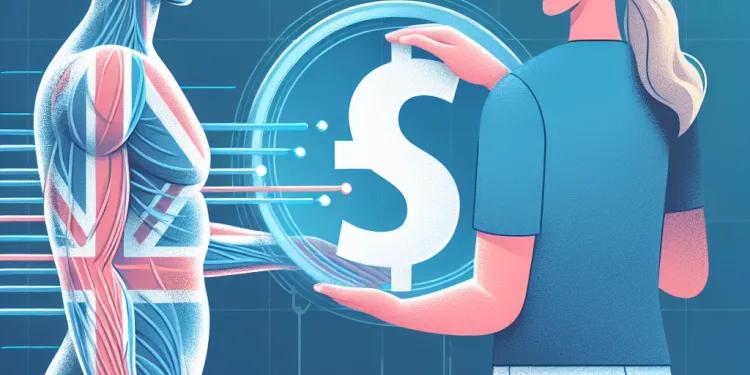
What is postherpetic neuralgia?
Relevance: 100%
-

What is postherpetic neuralgia?
Relevance: 99%
-
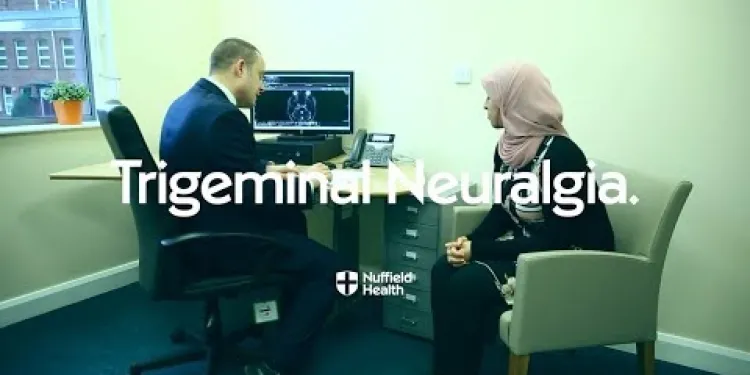
Trigeminal Neuralgia
Relevance: 52%
-

Are there any complications associated with shingles?
Relevance: 38%
-
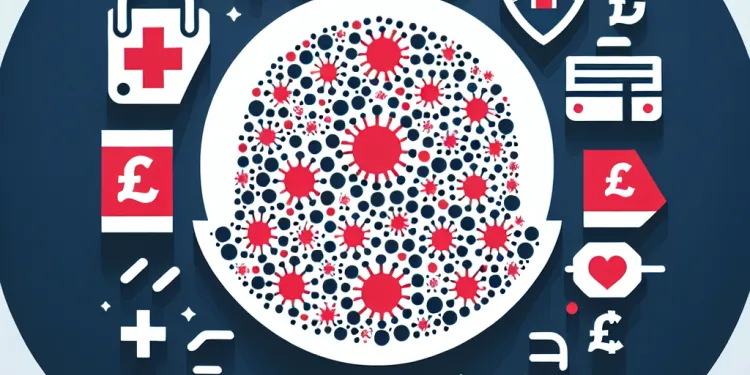
Are there any complications associated with shingles?
Relevance: 38%
-

What is shingles?
Relevance: 28%
-

What treatments are available for shingles?
Relevance: 27%
-

What is Shingles?
Relevance: 27%
-

What are the symptoms of shingles?
Relevance: 23%
-
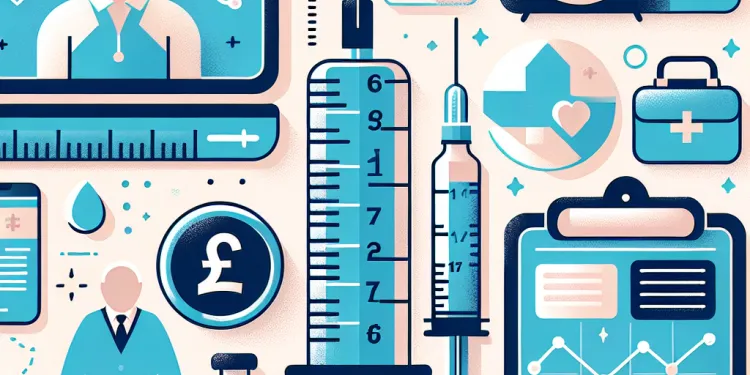
At what age should one get the shingles vaccine?
Relevance: 23%
-
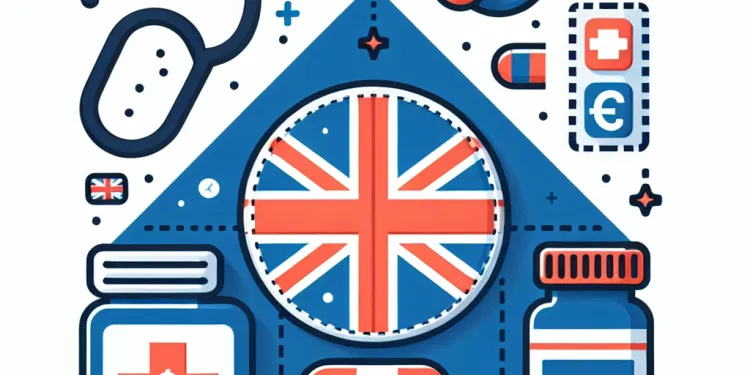
What treatments are available for shingles?
Relevance: 22%
-

At what age should one get the shingles vaccine?
Relevance: 21%
-

How long does a shingles outbreak last?
Relevance: 18%
-

Is the shingles vaccine safe?
Relevance: 18%
-

How is shingles diagnosed?
Relevance: 18%
-

Can shingles be prevented?
Relevance: 16%
-

How long does a shingles outbreak last?
Relevance: 16%
-
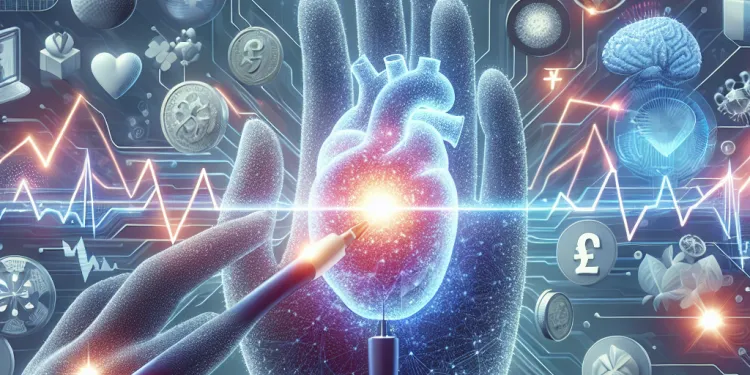
Can stress trigger shingles?
Relevance: 15%
-

Can the shingles vaccine cause chickenpox?
Relevance: 12%
-

Can you get chickenpox more than once?
Relevance: 12%
-

How is shingles diagnosed?
Relevance: 12%
-
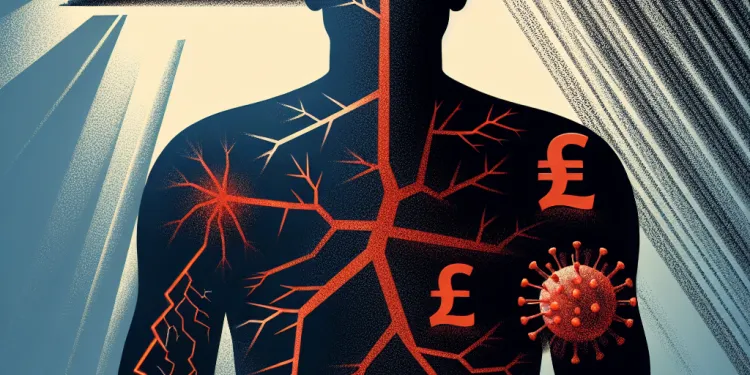
Can stress trigger shingles?
Relevance: 12%
-

Is shingles contagious?
Relevance: 7%
-
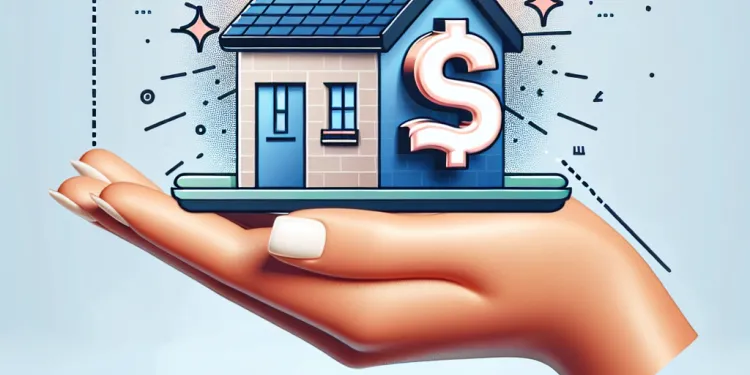
Is shingles contagious?
Relevance: 6%
What is Postherpetic Neuralgia?
Postherpetic neuralgia (PHN) is a chronic pain condition that occurs as a complication of shingles. Shingles, also known as herpes zoster, is an infection caused by the varicella-zoster virus, the same virus responsible for chickenpox. After a person recovers from chickenpox, the virus remains dormant in the body's nerve tissues and can reactivate years later as shingles.
Causes of Postherpetic Neuralgia
PHN occurs when the nerve fibres are damaged during an outbreak of shingles. Once the shingles rash heals, the damaged nerve fibres can no longer function properly and send confusing, exaggerated pain signals to the brain. This condition is more common in older adults, as aging may affect how the body can cope with viral infections and their aftereffects.
Symptoms of Postherpetic Neuralgia
The primary symptom of postherpetic neuralgia is pain that persists in the area previously affected by the shingles rash, lasting for more than three months after the rash has healed. This pain can be sharp, burning, or deep aching. People may also experience sensitivity to touch, even from clothes touching the skin, and in some cases, an itchy sensation or numbness may also occur.
Risk Factors
Certain factors can increase the likelihood of developing PHN. Age is a significant risk factor, with individuals over 60 years more prone to PHN following shingles. Additionally, those who had severe pain and rash during the shingles infection, or a delay in starting antiviral treatment, may have a higher risk of developing PHN.
Treatment Options
There is no cure for postherpetic neuralgia, but various treatments can help manage the symptoms. These include topical pain relievers such as lidocaine patches or capsaicin cream. Antidepressants or anticonvulsants, which alter chemical processes in the brain and spinal cord, may also be prescribed. In some cases, opioids or steroid injections may be considered for managing severe pain. Early intervention with antiviral medications during a shingles outbreak can help reduce the risk and severity of PHN.
Prevention
The most effective way to prevent postherpetic neuralgia is through vaccination. The shingles vaccination is recommended for older adults and is available on the NHS for certain age groups. This vaccine reduces the risk of developing shingles and consequently postherpetic neuralgia. It also helps lessen the severity and duration of the pain if shingles occur.
Living with Postherpetic Neuralgia
Living with PHN can be challenging due to persistent pain. It is crucial for those affected to seek professional medical advice to develop an appropriate treatment plan. Managing stress, engaging in gentle exercises, and maintaining a healthy lifestyle can also contribute to alleviating symptoms. Support groups and counselling might provide additional emotional support for those dealing with chronic pain.
What is Postherpetic Neuralgia?
Postherpetic neuralgia (PHN) is a kind of long-lasting pain. It happens after someone has shingles. Shingles is a skin rash that comes from the same virus as chickenpox. After chickenpox, the virus stays in the body. It can come back later as shingles.
Causes of Postherpetic Neuralgia
PHN happens when nerves get hurt during a shingles rash. After the rash goes away, these nerves send wrong messages to the brain. This can feel very painful. Older people are more likely to get PHN because bodies handle infections less well as people age.
Symptoms of Postherpetic Neuralgia
The main sign of PHN is pain that lasts in the place where the shingles rash was. This pain can go on for more than three months. It can feel sharp or burning. People might also feel their skin is very sensitive, itchy, or even numb.
Risk Factors
Some things make PHN more likely. Being over 60 years old is a big risk. People who had a lot of pain and a big rash with shingles, or who started treatment late, might also have a higher risk.
Treatment Options
There is no cure for PHN, but treatment can help. Pain creams like lidocaine or capsaicin can be used. Doctors might also give pills for depression or seizures to help with pain. Sometimes stronger pain medicines or injections are needed. Starting treatment for shingles early can help lower the risk of getting PHN.
Prevention
The best way to stop PHN is by getting a vaccine for shingles. This is advised for older adults. The vaccine can make it less likely you will get shingles and PHN. It also makes any pain from shingles less bad.
Living with Postherpetic Neuralgia
PHN can make life hard because of the pain. It's important to see a doctor for the right help. Reducing stress, doing light exercises, and staying healthy can make things better. Support groups and talking to someone can also help with feelings about the pain.
Frequently Asked Questions
What is postherpetic neuralgia?
Postherpetic neuralgia is a chronic pain condition that can occur after a person has had shingles. It is caused by nerve damage from the varicella-zoster virus.
What causes postherpetic neuralgia?
Postherpetic neuralgia is caused by nerve damage resulting from a shingles infection, which is caused by the reactivation of the varicella-zoster virus.
Who is at risk for developing postherpetic neuralgia?
Older adults, especially those over the age of 60, and people with weakened immune systems are at increased risk for postherpetic neuralgia.
What are the symptoms of postherpetic neuralgia?
Symptoms of postherpetic neuralgia include burning, shooting pain, sensitivity to touch, and itching in the area where the shingles rash occurred.
How is postherpetic neuralgia diagnosed?
Postherpetic neuralgia is diagnosed based on a patient's symptoms, medical history, and physical examination. A history of shingles is a key indicator.
Can postherpetic neuralgia be prevented?
Vaccination against the varicella-zoster virus, which causes shingles, can help reduce the risk of developing postherpetic neuralgia.
How long does postherpetic neuralgia last?
Postherpetic neuralgia can last for months or even years after the shingles rash has healed.
What are the treatment options for postherpetic neuralgia?
Treatment options include pain relief medications, anticonvulsants, antidepressants, and topical creams or patches.
Can postherpetic neuralgia go away on its own?
In some cases, postherpetic neuralgia may improve over time, but treatment can help manage symptoms and improve quality of life.
Is postherpetic neuralgia contagious?
Postherpetic neuralgia itself is not contagious, but the varicella-zoster virus can be spread from someone with active shingles.
What is the difference between shingles and postherpetic neuralgia?
Shingles is a viral infection causing a painful rash. Postherpetic neuralgia is a complication of shingles that involves long-term nerve pain.
Are there lifestyle changes that can help manage postherpetic neuralgia?
Yes, stress reduction, regular exercise, and maintaining a healthy diet can help manage symptoms and improve overall well-being.
Can physical therapy benefit people with postherpetic neuralgia?
Physical therapy may help improve pain management and increase mobility for some individuals with postherpetic neuralgia.
What role do antidepressants play in treating postherpetic neuralgia?
Certain antidepressants can help relieve nerve pain by affecting neurotransmitters that influence how the brain processes pain.
Why are anticonvulsants used for treating postherpetic neuralgia?
Anticonvulsants can help reduce nerve pain by stabilizing electrical activity in the nervous system.
Can postherpetic neuralgia recur?
Once resolved, postherpetic neuralgia usually does not recur in the same location, but having shingles again in another area is possible.
How does age affect the likelihood of developing postherpetic neuralgia?
The risk of developing postherpetic neuralgia increases with age, especially in people over 60 years old.
Is it possible to develop postherpetic neuralgia without having had shingles?
No, postherpetic neuralgia only occurs as a complication of shingles.
How can someone with postherpetic neuralgia improve their sleep?
Improving sleep hygiene, such as maintaining a regular sleep schedule and creating a comfortable sleep environment, can help. Medication for pain relief may also be necessary.
What is the prognosis for individuals with postherpetic neuralgia?
While postherpetic neuralgia can be a chronic condition, many people experience a reduction in pain over time. Effective management can improve quality of life.
What is postherpetic neuralgia?
Postherpetic neuralgia is a pain that happens after a person has had shingles. Shingles is a rash caused by a virus.
Some people can still feel pain even after the rash is gone. This pain is called postherpetic neuralgia.
To help understand and remember, you could try:
- Using pictures or videos about shingles and the pain it causes.
- Talking to a doctor or nurse for more information.
Postherpetic neuralgia is a type of pain that can happen after you have had shingles. Shingles is caused by a virus that can hurt your nerves.
What makes postherpetic neuralgia happen?
Postherpetic neuralgia is pain from damaged nerves. This happens when someone has shingles. Shingles is an illness caused by an old virus in the body coming back.
Who can get postherpetic neuralgia?
Older people, especially those over 60 years old, can get a problem called postherpetic neuralgia. People who have weak bodies may also get it.
What happens if you have postherpetic neuralgia?
Postherpetic neuralgia can make you feel these things:
- Pain in the area where you had a rash.
- The skin might feel very sensitive. Even clothes touching it can hurt.
- You might feel burning, sharp pain, or aching.
- The area might itch or feel numb.
If you have these feelings, it's good to talk to a doctor. They can help you feel better.
Tips:
- Use soft, loose clothes to feel more comfortable.
- Try using a cold pack to help with the pain (make sure to wrap it in a cloth).
- Write down how you feel to share with your doctor.
If you had shingles before, you might feel pain in the same spot. This is called postherpetic neuralgia. It might feel like:
- A burning feeling
- Shooting pain
- Being very sensitive to touch
- Itching
Try using soft, cool cloths and wear loose clothes to feel more comfortable.
How do doctors find out if you have postherpetic neuralgia?
Doctors can find out if someone has postherpetic neuralgia by asking about their symptoms and checking their medical history. They also do a physical exam. If the person had shingles before, it is an important clue.
Can you stop postherpetic neuralgia?
Postherpetic neuralgia is pain after you have had shingles. It can be hard to stop it, but there are ways to help:
- Shingles vaccine: Ask your doctor about a shot to stop shingles.
- Early treatment: Go to the doctor quickly if you get a rash. Medicine can help.
These steps can make postherpetic neuralgia less likely. You can also ask someone to help you read or write about this topic.
Getting a vaccine for the virus that causes shingles can help stop a painful problem called postherpetic neuralgia.
How long does the pain from shingles last?
Shingles can cause pain even after the rash is gone. This pain is called postherpetic neuralgia. It can last for a few weeks, months, or sometimes longer.
If you have pain from shingles, here are some things that might help:
- Talk to your doctor: They can give you medicine for the pain.
- Use soft clothes: Wear loose and soft clothes to feel more comfortable.
- Stay relaxed: Try deep breathing or listening to music to stay calm.
If the pain does not go away, make sure to see your doctor again.
Postherpetic neuralgia is pain that comes after shingles. This pain can stay for a long time, even after the rash from shingles has gone away. It might last for months or years.
What can help if you have pain after shingles?
There are different ways to help if you have pain after having shingles. Here are some things that might help you feel better:
- Medicines: Doctors can give you special pills to help with the pain.
- Creams and Patches: You can put creams or patches on your skin to help with the pain.
- Talking to a Doctor: A doctor can give you advice on what might work best for you.
- Relaxation: Doing things that help you relax, like deep breathing or listening to music, can also help.
Remember, it's important to talk to a doctor to find out what is best for you.
There are different ways to help with pain.
You can take medicines to stop pain and feel better.
Some special medicines can help calm your nerves and muscles.
Creams or stickers you put on your skin can also help with pain.
If you find reading hard, ask someone you trust to help explain things to you. Listening to information or using pictures can make things easier to understand.
Can postherpetic neuralgia get better by itself?
Postherpetic neuralgia is when your body hurts after having a sickness called shingles. Sometimes, the pain can go away without any help. But other times, you might need a doctor's help.
If it hurts a lot, tell a grown-up or a doctor. They can give you medicine to feel better. Taking care of yourself, like resting and eating healthy food, can also help.
Tools that might help you feel better:
- Soft cushions to sit or lie down
- Warm or cool packs on the skin
- Relaxing music or deep breathing
Sometimes, postherpetic neuralgia gets better by itself. But, having the right treatment can help make the pain better and make life easier.
Can you catch postherpetic neuralgia from someone?
Postherpetic neuralgia is not catching, but you can catch the virus that causes shingles from someone who has it.
How are shingles and postherpetic neuralgia different?
Shingles is a painful skin rash. It happens when the virus that causes chickenpox comes back in your body. You might see red spots on your skin.
Postherpetic neuralgia is pain that stays even after the rash is gone. It can last for a long time and it's because the nerves are still hurting.
Here are some ways to help:
- Ask a grown-up or a doctor for help.
- Use simple words to ask questions.
- Use pictures to understand more.
Shingles is a sickness that makes your skin hurt and get a rash. Sometimes, after you get better, you can still feel pain. This pain is called postherpetic neuralgia.
Can changing how I live help with postherpetic neuralgia?
Yes, changing how you live can help. Here are some tips:
- Healthy Eating: Eat fruits, veggies, and healthy foods.
- Exercise: Move your body with easy exercises like walking.
- Rest: Make sure to get good sleep every night.
- Stay Relaxed: Try to stay calm and reduce stress with deep breathing or listening to music.
- Talk to Someone: Share how you feel with friends or family.
Ask a doctor or nurse for more help and advice.
Yes, there are things you can do to feel better. Try to do things that make you less worried. Exercise is good for you too. Eating healthy food can help you feel better too.
Can people with pain after shingles get help from physical therapy?
Physical therapy can help make pain better and help some people move better who have postherpetic neuralgia.
How do antidepressants help with pain from shingles?
Antidepressants are a type of medicine. Sometimes they are used to help with pain. People with pain from shingles, called postherpetic neuralgia, might use them.
Antidepressants can help reduce the pain. They change how the brain and nerves feel pain. If you or someone you know has pain from shingles, a doctor might talk about using antidepressants.
To learn more, talk to a doctor or nurse. They can explain how the medicine works and what to expect.
Some medicines for feeling sad, called antidepressants, can help with nerve pain. They change brain chemicals to help with pain.
Why do doctors give anticonvulsants for postherpetic neuralgia?
Doctors give people special medicine called anticonvulsants to help with pain from postherpetic neuralgia.
This medicine helps calm down the nerves that cause the pain. It makes the pain less or go away.
If you have trouble reading about this, you can ask someone you trust to help explain it. A doctor or nurse can help answer questions too.
Some medicines can help stop nerve pain. They work by calming down the nerves in your body.
Can postherpetic neuralgia come back?
Postherpetic neuralgia (PHN) is pain that can happen after shingles. Sometimes, the pain can come back even after it goes away. It is important to talk to a doctor if this happens. They can help manage the pain.
Here are some things that might help:
- Talk to a doctor or nurse about your pain.
- Use warm or cold packs to soothe the area.
- Take medicine that the doctor prescribes.
- Try relaxation exercises like deep breathing.
After the pain goes away, it usually does not come back in the same spot. But you can get shingles again in a different place on your body.
How does age affect the chance of getting postherpetic neuralgia?
Age and chance: Getting older means a higher chance of getting postherpetic neuralgia. This is a painful feeling that can happen after having shingles.
Helpful tools: Talking with doctors, using medicine, and staying healthy can help. If you have questions, ask a grown-up or doctor.
If you are over 60, you are more likely to get postherpetic neuralgia. Postherpetic neuralgia is a type of pain.
To help with reading, you can use tools like audiobooks or reading apps. You can also ask someone to read with you or explain any difficult words. Remember to take breaks and read slowly.
Can you get nerve pain without having shingles first?
Shingles is a skin rash that can cause pain. Sometimes, after shingles is gone, the pain stays. This pain is called nerve pain.
If you have never had shingles, you cannot get this nerve pain from shingles.
If you find reading hard, you can ask someone to read it for you or use an app that reads text out loud.
No, postherpetic neuralgia happens only if you have had shingles. It is a problem that can come after shingles.
How can someone with postherpetic neuralgia sleep better?
Postherpetic neuralgia is a pain that comes after having shingles. This pain can make it hard to sleep at night. Here are some tips to help you sleep better:
- Talk to a doctor about pain medicine.
- Keep your bedroom dark, quiet, and cool.
- Try using a soft pillow or mattress for comfort.
- Do some relaxing activities before bedtime, like reading a book or taking a warm bath.
- Try listening to soothing music or nature sounds to help you relax.
Sometimes, using a weighted blanket can also help people feel calm and sleep better.
If you still have trouble sleeping, ask a doctor for more advice and help.
Getting better sleep can help. Try to go to bed and wake up at the same time every day. Make your bedroom comfy and nice for sleeping. Medicine might help if you have pain.
What happens to people with postherpetic neuralgia?
Postherpetic neuralgia is when you still feel pain after having shingles. Most people feel better as time goes by. Some people may need help from a doctor to manage the pain.
Things that can help: - Talk to a doctor or nurse. - Use medicines to help with pain. - Try gentle exercise. - Use heat packs to feel better.
Ask for help if you need it. There are people who can support you.
Sometimes, people have pain after having shingles. This is called postherpetic neuralgia. It can last a long time, but many people feel less pain as time goes on. Taking good care of yourself and finding ways to manage the pain can help you feel better and enjoy life more.
Useful Links
- Ergsy carfully checks the information in the videos we provide here.
- Videos shown by Youtube after a video has completed, have NOT been reviewed by ERGSY.
- To view, click the arrow in centre of video.
- Most of the videos you find here will have subtitles and/or closed captions available.
- You may need to turn these on, and choose your preferred language.
- Go to the video you'd like to watch.
- If closed captions (CC) are available, settings will be visible on the bottom right of the video player.
- To turn on Captions, click settings .
- To turn off Captions, click settings again.
More Items From Ergsy search
-

What is postherpetic neuralgia?
Relevance: 100%
-

What is postherpetic neuralgia?
Relevance: 99%
-

Trigeminal Neuralgia
Relevance: 52%
-

Are there any complications associated with shingles?
Relevance: 38%
-

Are there any complications associated with shingles?
Relevance: 38%
-

What is shingles?
Relevance: 28%
-

What treatments are available for shingles?
Relevance: 27%
-

What is Shingles?
Relevance: 27%
-

What are the symptoms of shingles?
Relevance: 23%
-

At what age should one get the shingles vaccine?
Relevance: 23%
-

What treatments are available for shingles?
Relevance: 22%
-

At what age should one get the shingles vaccine?
Relevance: 21%
-

How long does a shingles outbreak last?
Relevance: 18%
-

Is the shingles vaccine safe?
Relevance: 18%
-

How is shingles diagnosed?
Relevance: 18%
-

Can shingles be prevented?
Relevance: 16%
-

How long does a shingles outbreak last?
Relevance: 16%
-

Can stress trigger shingles?
Relevance: 15%
-

Can the shingles vaccine cause chickenpox?
Relevance: 12%
-

Can you get chickenpox more than once?
Relevance: 12%
-

How is shingles diagnosed?
Relevance: 12%
-

Can stress trigger shingles?
Relevance: 12%
-

Is shingles contagious?
Relevance: 7%
-

Is shingles contagious?
Relevance: 6%


